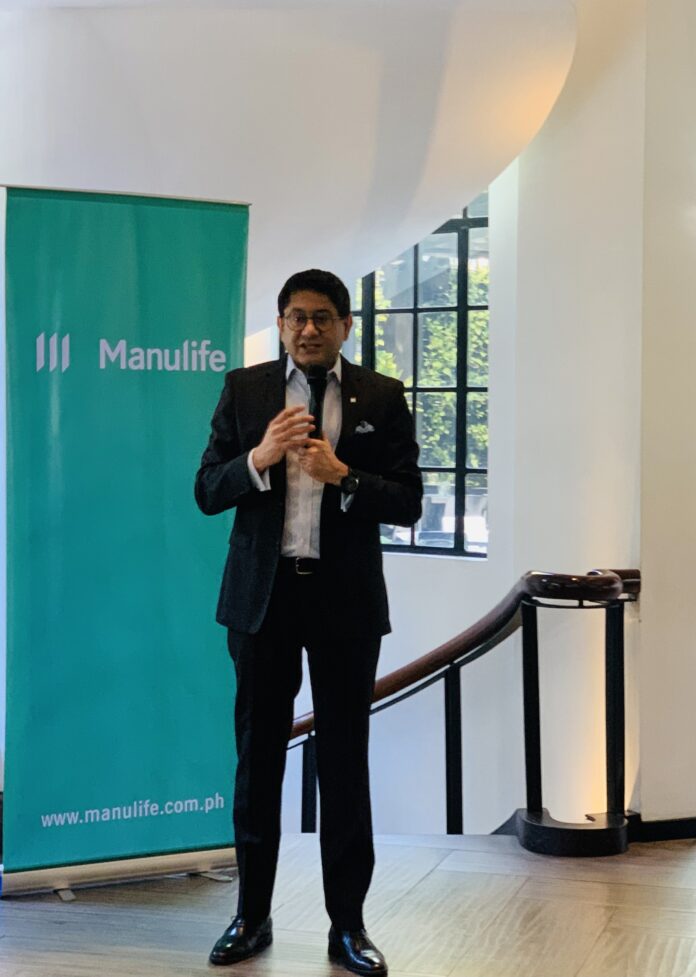Filipinos are redefining longevity by valuing financial independence and active living over simply living longer, according to the Manulife Asia Care Survey 2025. The study, which polled 1,000 Filipinos, found that only 13 percent cited living longer as a priority, while 26 percent prioritized financial independence and 17 percent emphasized staying physically, mentally, and socially active.
This shift in perspective comes as the country’s projected life expectancy rises to 73.2 years by 2050, yet the average desired lifespan among respondents is only 69 years—underscoring a preference for a life of purpose and autonomy over mere duration.
“Filipinos are redefining what it means to live a good life,” said Rahul Hora, president and CEO of Manulife Philippines. “They are seeking freedom, dignity, and fulfillment—challenging the industry to provide holistic solutions that go beyond traditional insurance.”
Despite this awareness, many Filipinos fall short on preventive health practices. According to the survey, only 16 percent track key longevity indicators like muscle mass and oxygen uptake, and the average respondent adopts just 5 out of 17 recommended health measures. Among 25–34-year-olds, 44 percent report physical or mental health issues that affect their daily lives, yet 74 percent believe their habits are sufficient.
Hora warned that the gap between awareness and action could result in long-term health vulnerabilities, urging more proactive healthcare behavior among Filipinos.
The survey also reinforces the link between financial well-being and health outcomes. Eighty percent of Filipinos believe financial stability impacts physical health, while 76 percent see its influence on mental health. However, actual retirement savings fall drastically short: the average Filipino has saved only P630,000, far below the P3.85 million they estimate as necessary.
“There’s a disconnect between financial awareness and actual planning,” said Aira Gaspar, CEO of Manulife Investment Management Philippines. “Without adequate savings or income-generating investments, many Filipinos risk outliving their resources.”
Despite this, 66 percent of respondents still prefer holding cash or fixed deposits, and 51 percent aim to invest in property. However, 54 percent also seek steady income during retirement—highlighting the limitations of cash-heavy strategies amid inflation and rising healthcare costs.
Gaspar emphasized the need for diversified portfolios and recurring income streams, noting that clients working with financial advisors are nearly twice as confident (70 percent vs. 38 percent) in achieving retirement readiness.
With Filipinos demanding more than just lifespan extension, insurers like Manulife see a corporate imperative to tailor solutions that integrate health protection, investment income, and retirement planning.
“The message is clear—Filipinos want to age with dignity and independence,” Hora said. “We’re evolving our offerings to meet these goals through accessible, income-generating investment options and enhanced wellness coverage.”
As the country’s demographic and economic profiles evolve, the insurance and financial services sectors face mounting pressure to align with Filipinos’ modern vision of aging—where quality of life, not just years lived, defines success.







